Search results for 'red'
-
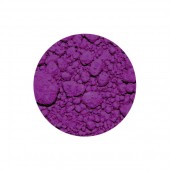
Manganese Violet Pigment
Starting at: £8.50
-
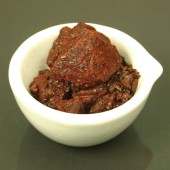
Dragon's Blood Pieces
Starting at: £25.40
-
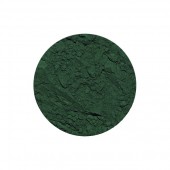
Cobalt Green Deep Pigment
Starting at: £9.20
-
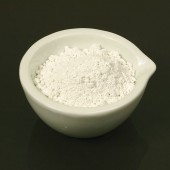
Gypsum
Starting at: £5.70
-
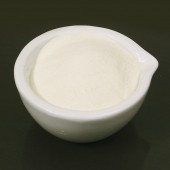
Casein Lactic
Starting at: £15.95
-
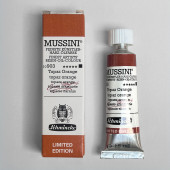
Schmincke Mussini Topaz Orange Limited Edition 15 ml
£26.00 -
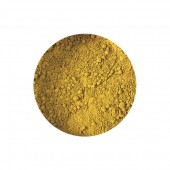
Raw Sienna Pigment
Starting at: £4.00
-
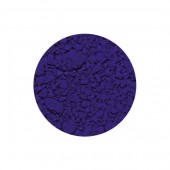
Ultramarine Blue Limewash Pigment
Starting at: £6.30
-
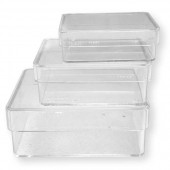
Transparent Containers
Starting at: £1.20
-
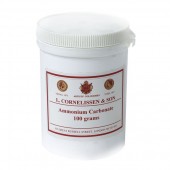
Ammonium Carbonate
Starting at: £9.70
-
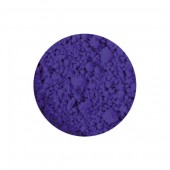
Ultramarine Blue Dark Pigment
Starting at: £4.00
-
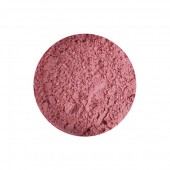
Rose Madder Genuine Pigment
Starting at: £15.80
-
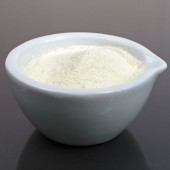
Gum Sandarac
Starting at: £8.60
-
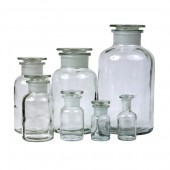
Reagent Jar
Starting at: £6.50
-
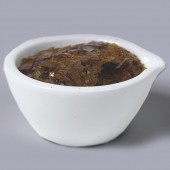
Lemon Shellac
Starting at: £8.20
-
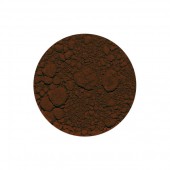
Mars Violet Pigment
Starting at: £4.50
-
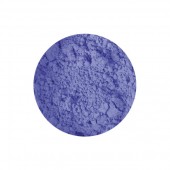
Cerulean Blue Pigment
Starting at: £14.50
-

Madder Lake Genuine Pigment
Starting at: £10.20
-
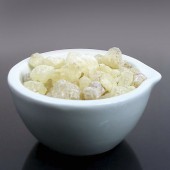
Gum Damar
Starting at: £10.00
-
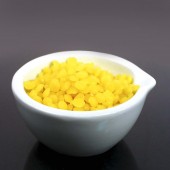
Natural Beeswax
Starting at: £11.20
-
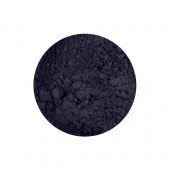
Ivory Black Pigment
Starting at: £4.50
-
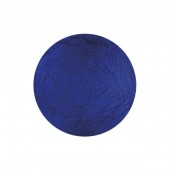
Blue Verditer Pigment
Starting at: £7.50
-
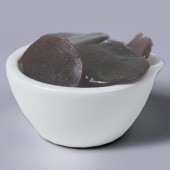
Button Shellac
Starting at: £8.40
-

Cornelissen Virtual Gift Voucher
£25.00 -
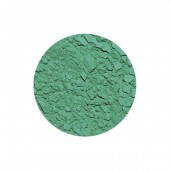
Cobalt Green Light Pigment
Starting at: £8.70
-
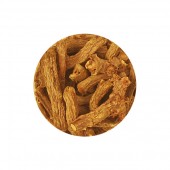
Madder Root Pieces
Starting at: £27.80
-
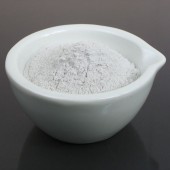
Pumice Powder
Starting at: £5.70
-
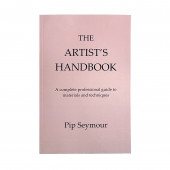
Artist's Handbook
£30.00 -
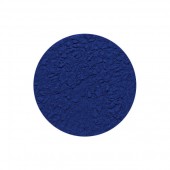
Ultramarine PB29 Pigment
Starting at: £9.10
-
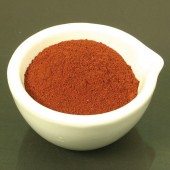
Dragon's Blood Powder
Starting at: £28.10





